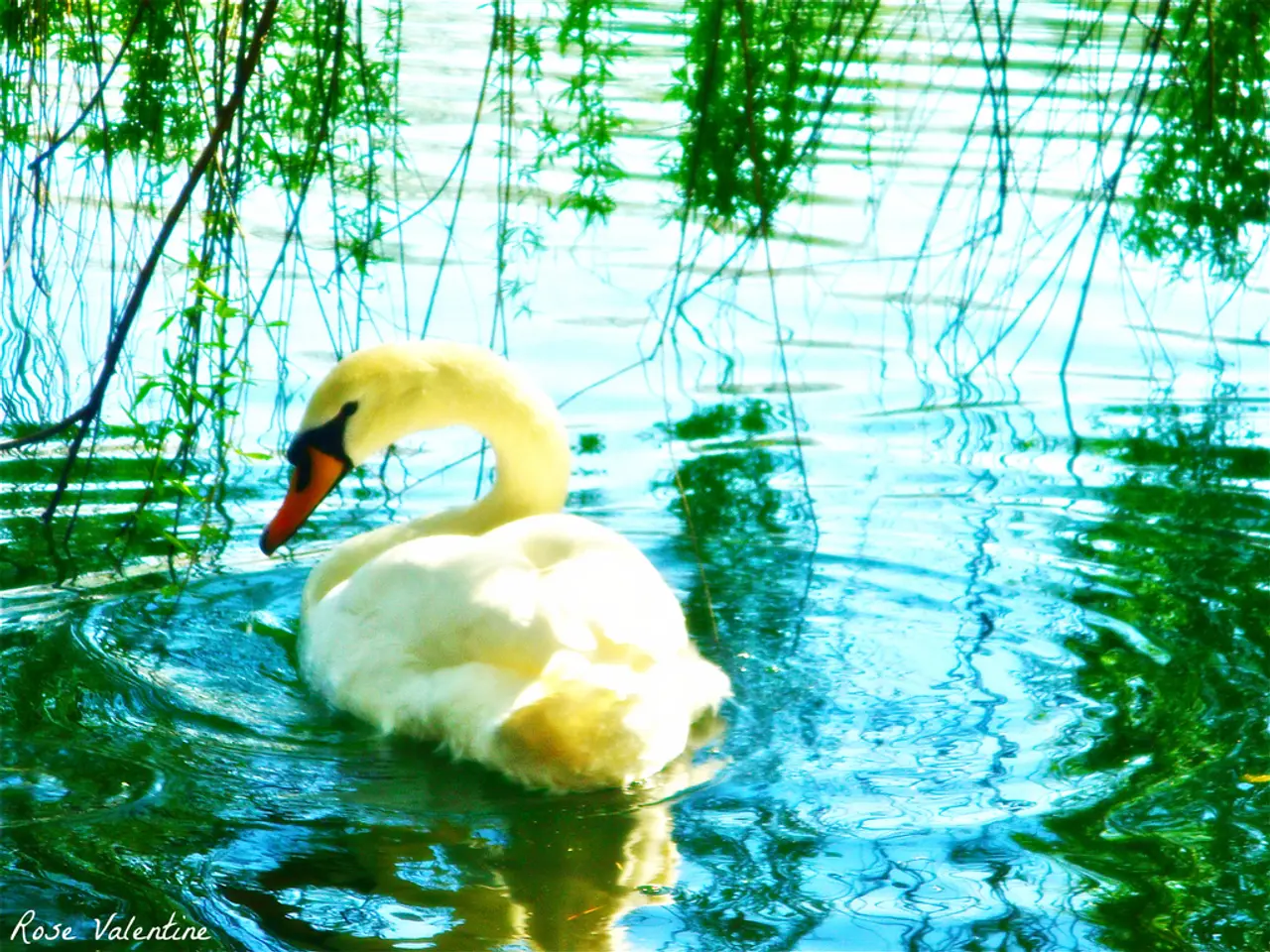Celebrating Unfamiliar Threatened Species: Rare Creatures That Escape Common Knowledge on Endangered Species Day
In the vast and diverse ecosystems that cover our planet, there exist creatures that are not only remarkable in their appearance but also crucial for the survival and resilience of the natural world. Unfortunately, many of these species are teetering on the brink of extinction, their numbers dwindling due to habitat loss, poaching, and human activities.
The saola, often referred to as the Asian Unicorn, is one such creature. This elusive antelope-like animal, native to the Annamite Mountains of Vietnam and Laos, is so rare that fewer people have seen it in the wild than have walked on the moon. The saola is primarily protected by the Saola Working Group (SWG), a coalition of conservation organizations focused on its preservation. Over the past decade, they have implemented habitat protection, anti-poaching patrols, community engagement, and scientific research to stabilize its population.
Another endangered species is the hirola antelope, known as the "four-eyed antelope" for its distinctive facial glands. With fewer than 500 left, it is a symbol of East Africa's vanishing wilderness. Similarly, the purple frog, a forest amphibian with a bloated body and pointed snout, has survived since the age of dinosaurs but is threatened by deforestation in the Western Ghats.
The aye-aye, a nocturnal lemur of Madagascar, is a master of adaptation but is persecuted due to local myths casting it as a harbinger of doom. The gharial, a critically endangered crocodilian, once thrived in the rivers of India and Nepal but now only a few hundred remain due to dams, pollution, and sand mining.
The plight of the world's smallest porpoise, the vaquita, is a stark reminder of the consequences of illegal fishing practices. With an estimated population of fewer than ten individuals, it is clinging to survival in the Gulf of California. Its decline is mostly due to illegal fishing nets set for another endangered species, the totoaba.
The Cuban greater funnel-eared bat, hidden in a single cave in Cuba, is a vital insect-eater with its entire population at risk due to a single disaster. The kakapo, a nocturnal, flightless parrot native to New Zealand, is one of the world's rarest birds with fewer than 250 individuals surviving. The red-crested tree rat, a nocturnal rodent, was rediscovered in a Colombian nature reserve in 2011 after being presumed extinct for nearly a century.
The pangolin, the world's most trafficked mammal, is hunted for its meat and scales and is vanishing faster than almost any other species. The Chinese giant salamander, the world's largest amphibian, is threatened by habitat destruction and illegal harvesting for food. The northern hairy-nosed wombat, one of the world's rarest mammals, is a chubby marsupial with around 300 individuals left in Queensland, Australia.
The Lord Howe Island stick insect, or "tree lobster," was rediscovered after being declared extinct and is currently under intensive breeding programs for its return to its native home. The Somali sengi, or "elephant shrew," was rediscovered in the Horn of Africa after being thought to have vanished for decades. The Gooty sapphire ornamental tarantula, a spider found only in a tiny patch of Indian forest, is a living gem but is threatened by the exotic pet trade and deforestation.
The Javan rhino, the world's most endangered large mammal, has about 70 individuals left confined to a single park in Indonesia. The Attenborough's pitcher plant, found only on a remote mountain in the Philippines, traps insects and small animals in its deep, nectar-filled cups and is threatened by habitat destruction.
The olm, a blind cave-dwelling salamander native to Europe, is endangered due to habitat loss and pollution. The purple frog, a forest amphibian with a bloated body and pointed snout, has survived since the age of dinosaurs but is threatened by deforestation in the Western Ghats.
The key takeaway is that protecting the world's most endangered creatures, including the overlooked, misunderstood, or bizarre species, is crucial for ecosystem survival, resilience, and respecting the extraordinary diversity of life. Each of these species plays a unique role in their ecosystem, and their loss would have far-reaching consequences. It is our responsibility to ensure their survival and protect the rich tapestry of life that makes up our planet.








